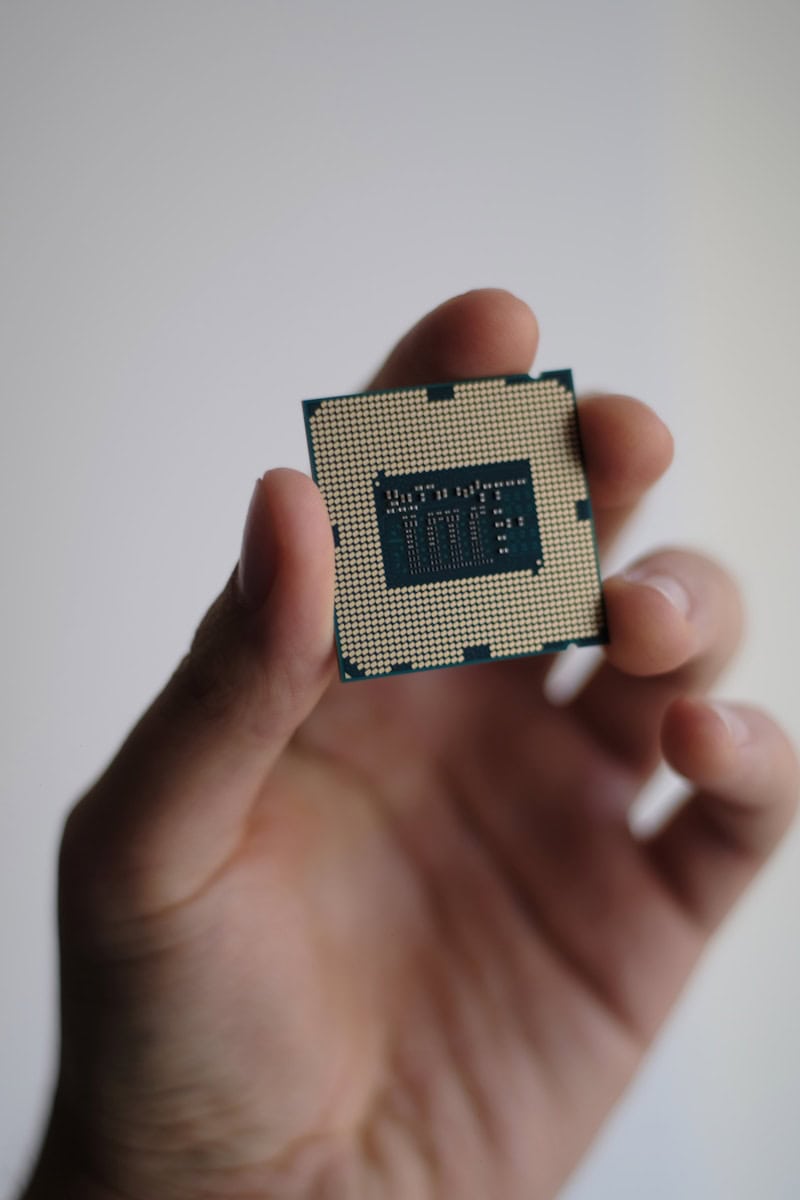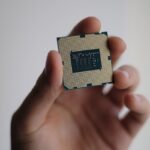Intel is set to release its 15th generation of processors, known as Arrow Lake, that promises to advance the frontier of chip technology. Based on patterns observed from prior releases, industry insiders speculate that the launch could be set for October 2024. Unlike previous generations, Arrow Lake may utilize a 2nm process node, expected to enhance performance significantly.
Arrow Lake processors are rumored to mark a departure from certain existing technologies, such as Hyperthreading, while introducing new core architectures and memory support improvements. With anticipation building, the tech community is closely monitoring leaks and official announcements for more details on the specifications and capabilities of these Intel chips.
Intel 15th Gen (Arrow Lake) Processors: Anticipated Release and Key Details
Intel’s 15th generation processors, codenamed “Arrow Lake,” are highly anticipated in the tech world. These next-gen CPUs promise significant advancements in performance and efficiency, catering to gamers, content creators, and professionals alike.
Expected Release Date
While Intel has not officially confirmed an exact release date, rumors and leaks suggest a late 2024 launch (October 2024 – December 2024). This aligns with Intel’s typical release cycle for major processor generations. However, some industry analysts speculate that the launch could be delayed until early 2025 due to production complexities.
New Architecture and Features
Arrow Lake is expected to introduce a new hybrid architecture, combining Performance-cores (P-cores) and Efficient-cores (E-cores) for optimal performance and power management. This approach, similar to Arm’s big.LITTLE architecture, aims to deliver impressive performance while minimizing power consumption.
Other rumored features include:
- Up to 8 P-cores and 16 E-cores in desktop SKUs
- Enhanced Xe GPU architecture for improved graphics performance
- Support for faster DDR5 RAM and PCIe 5.0 connectivity
- Improved power efficiency for longer battery life in laptops
Potential Performance Gains
While official benchmarks are yet to be released, leaks and rumors suggest significant performance gains compared to Intel’s 14th generation processors. The hybrid architecture, coupled with architectural enhancements and higher clock speeds, could lead to notable improvements in gaming, content creation, and productivity tasks.
Comparison Table: Intel 14th Gen vs. Rumored 15th Gen Specs
| Feature | Intel 14th Gen (Raptor Lake) | Rumored Intel 15th Gen (Arrow Lake) |
|---|---|---|
| Architecture | Raptor Cove (P-cores) & Gracemont (E-cores) | Lion Cove (P-cores) & Skymont (E-cores) |
| Max Core Count (Desktop) | 24 cores (8P + 16E) | 24 cores (8P + 16E) |
| Max Thread Count (Desktop) | 32 threads | 32 threads |
| Integrated GPU | Intel UHD Graphics 770 | Enhanced Xe Architecture |
| Memory Support | DDR5, DDR4 | DDR5 |
| PCIe Support | PCIe 5.0, PCIe 4.0 | PCIe 5.0 |
| Manufacturing Process | Intel 7 | Intel 20A |
Disclaimer: The specifications for Intel’s 15th Gen (Arrow Lake) processors are based on rumors and leaks, and are subject to change.
Key Takeaways
- Intel’s 15th generation processors, Arrow Lake, are speculated to release around October 2024.
- The new processors could see a transition to a 2nm process node, augmenting performance.
- Arrow Lake is expected to feature new architectures and support for advanced memory technology.
Intel 15th Gen Arrow Lake Features and Specifications
The Intel 15th Gen Arrow Lake processors aim to deliver significant improvements in performance and efficiency over previous generations, with enhancements across their architecture, memory support, and AI capabilities.
Architecture and Design
Arrow Lake CPUs feature a hybrid architecture with performance (P-cores) and efficiency (E-cores). The P-core upgrades to Lion Cove and the E-core advances to Skymont, enabling a substantial uptick in processing power.
Process Technology and Efficiency
Employing Intel 4 process technology, Arrow Lake prioritizes power efficiency. This advanced node maximizes transistor density, offering better performance per watt than prior generations.
Performance Benchmarks and Comparisons
While specific benchmarks are pending, Intel promises considerable single and multi-core performance gains. These improvements support tasks from gaming to complex data analysis.
Memory and Expansion
Arrow Lake supports DDR5-6400 memory, enhancing data throughput. With the addition of PCIe 5.0, users can expect faster data speeds and better overall system responsiveness.
Graphics and Media Capabilities
Arrow Lake incorporates Xe-LPG integrated graphics, suited for high-quality video transcoding and competent for casual gaming.
AI and Data Processing Innovations
Intel introduces an onboard AI processing unit, ramping up AI task efficiency, with notable IPC uplift for data-intensive applications.
Compatibility and Platform Updates
The new LGA 1851 socket design will require compatible motherboards, signaling the need for a platform update to accommodate Arrow Lake’s CPUs.
Intel Ecosystem and Market Context
Arrow Lake arrives amidst fierce competition from AMD’s Ryzen chips, with Intel aiming to secure a dominant position in both desktop and mobile segments.
Launch Timeline and Availability
Arrow Lake is slated for release in the second half of 2024, following Intel’s established release cadence.
Pricing and Market Speculation
Prices remain speculative. However, Intel traditionally positions its new generations at a premium, pushing older models down the pricing ladder.
Intel’s Roadmap and Future Directions
Following Arrow Lake, Intel plans to introduce Lunar Lake, potentially shifting to the Intel 20A process node, hinting at further efficiency upgrades.
Performance Optimization Tips
Users should pair Arrow Lake CPUs with fast DDR5 memory and high-speed storage to exploit their full performance, especially for resource-heavy tasks.







